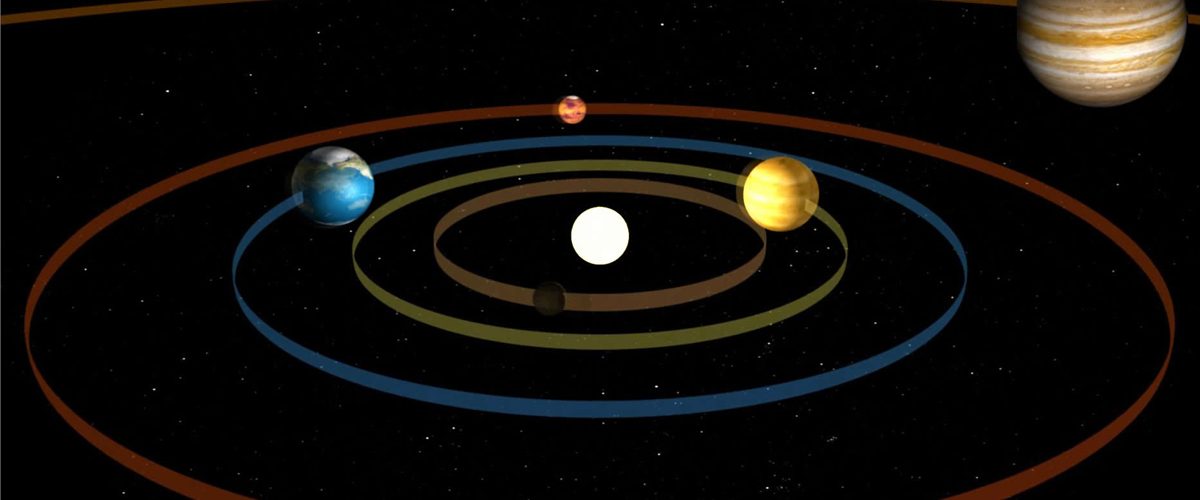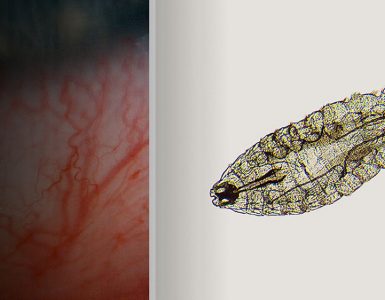Scientists got a rare chance to study the disembodied tail of Comet that was fragmented and dimmed in April, dashing the hopes of telescope-tied astronomers, who expected to get a glimpse of it with the naked eye. It is now known as Comet C/2019 Y4 (ATLAS). And it shattered into pieces as it got too close to the sun. Though the heart of the comet dissipates, its tail survived for long enough to let European Space Agency to made observations and collect data with the help of a Solar Orbiter. Their findings have been presented at the National Astronomy Meeting 2021, at the Royal Astronomical Society.
The main mission of Solar Orbiter is studying the sun, its poles (that are to date unknown to us), and its ‘space weather, but as it flies past the tail of Comet C/2019 Y4 (ATLAS) there was a slight change in plan.
Initially, it was planned that until the Orbiter reaches its expected location, the instruments within shall be put in sleep mode, but because of Prospects for the In-Situ detection of Comet C/2019 Y4 ATLAS by Solar Orbiter, Geraint Jones at the UCL Mullard Space Science Laboratory in the U.K discovered that it should be put out of sleep.

So, the 10 instruments of the Orbiter were booted up, to get a better look and collect data about the comet. As expected this comet had two different tails, that is; ion and dust tail out of which the former is filled with sun-charged particles while the latter is facing the Earthlings, and since it reflects light, it appears brighter to us. The Royal Astronomical Society explained that
When the solar wind interacts with a solid obstacle, like a comet, its magnetic field is thought to bend and ‘drape’ around it. The simultaneous presence of magnetic field draping, and cometary ions released by the melting of the icy nucleus, then produces the characteristic second ion tail — which can extend for large distances downstream from the comet’s nucleus.
Orbiter passed through ion’s tail now and will be swept through the dust tail in the first week of June.
Physicist Lorenzo Matteini of University College London wrote about several events like identification of magnetic field by June 4th, 2020, and its full reversal, along with local deceleration and large plasma density. He with his team concluded that
We interpret this structure as magnetic field draping around a low-field and high-density object, as expected for a cometary magnetotail. Inside and around this large-scale structure, several ion-scale fluctuations are detected that are consistent with small-scale waves and structures generated by cometary pick-up ion instabilities.
Studies like this are significant in understanding the origin of the solar system. Since, our system was just a tiny frozen rock, at the time of its birth when planets and moons were growing in size, so observing this comet gives us a rare chance to observe how the neighbors were created/born. With Parker Solar Probe and Solar Orbiter trying to get closer to Sun, scientists are hopeful to see more such events in the future.
















Add comment